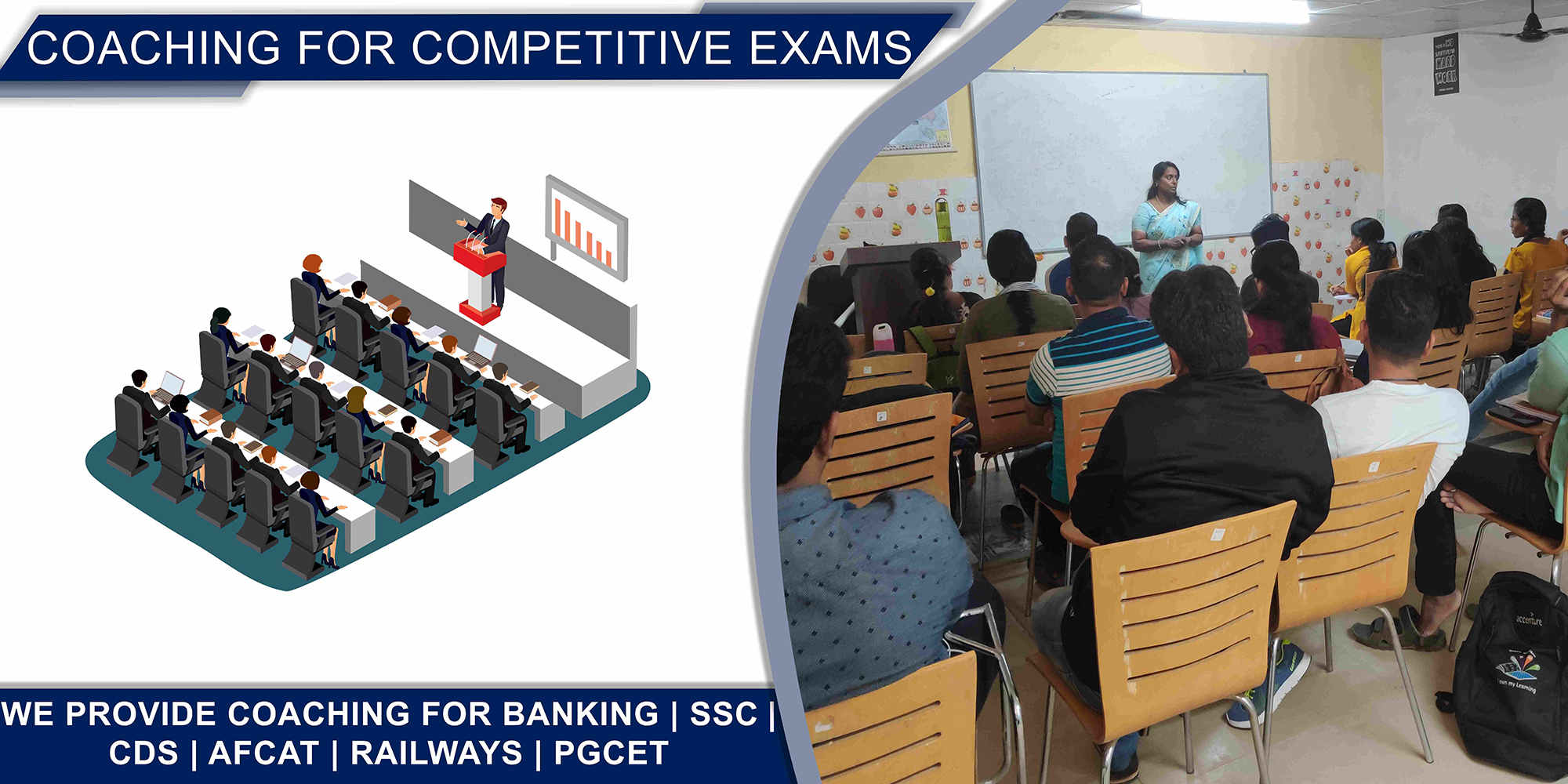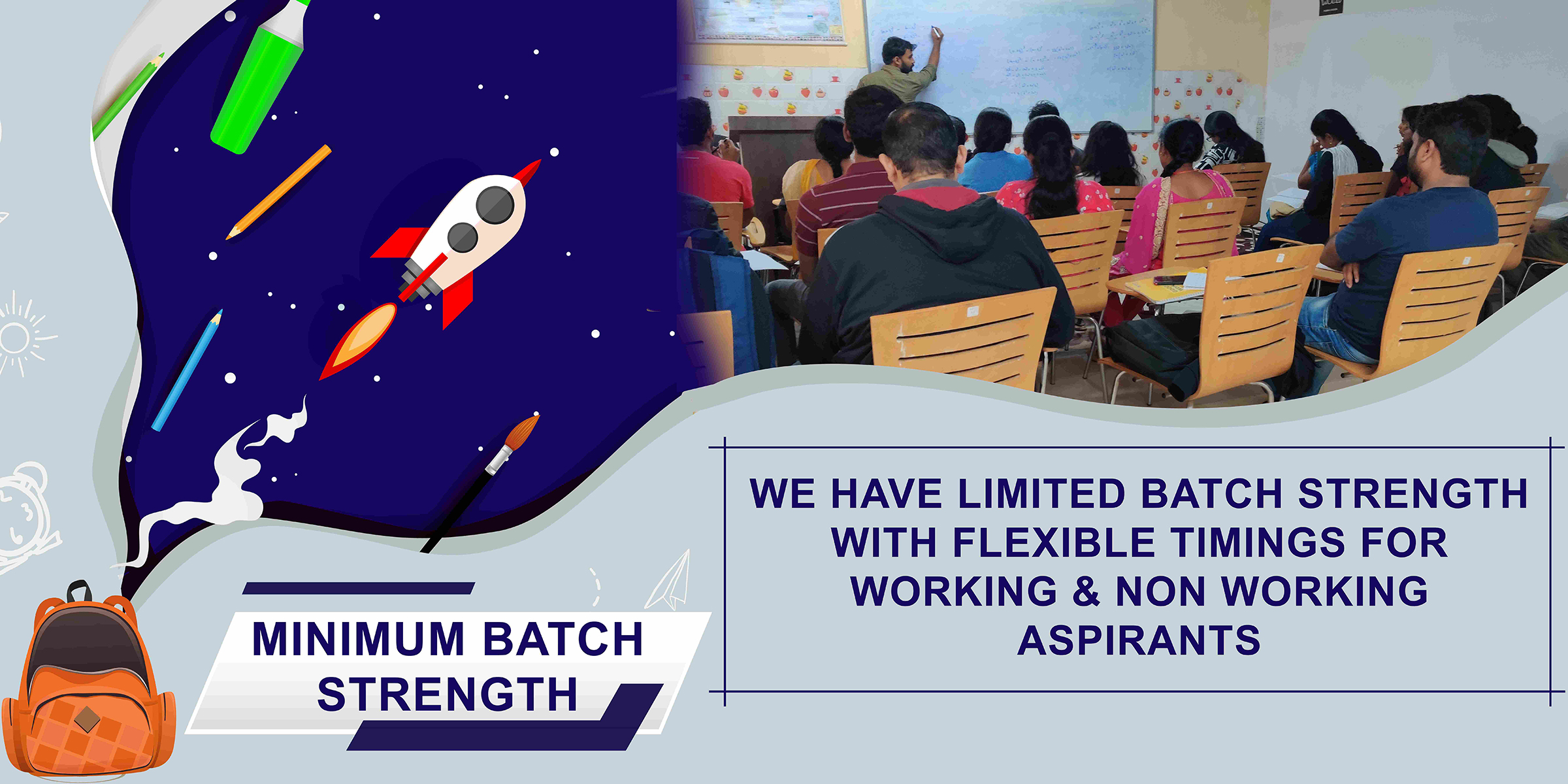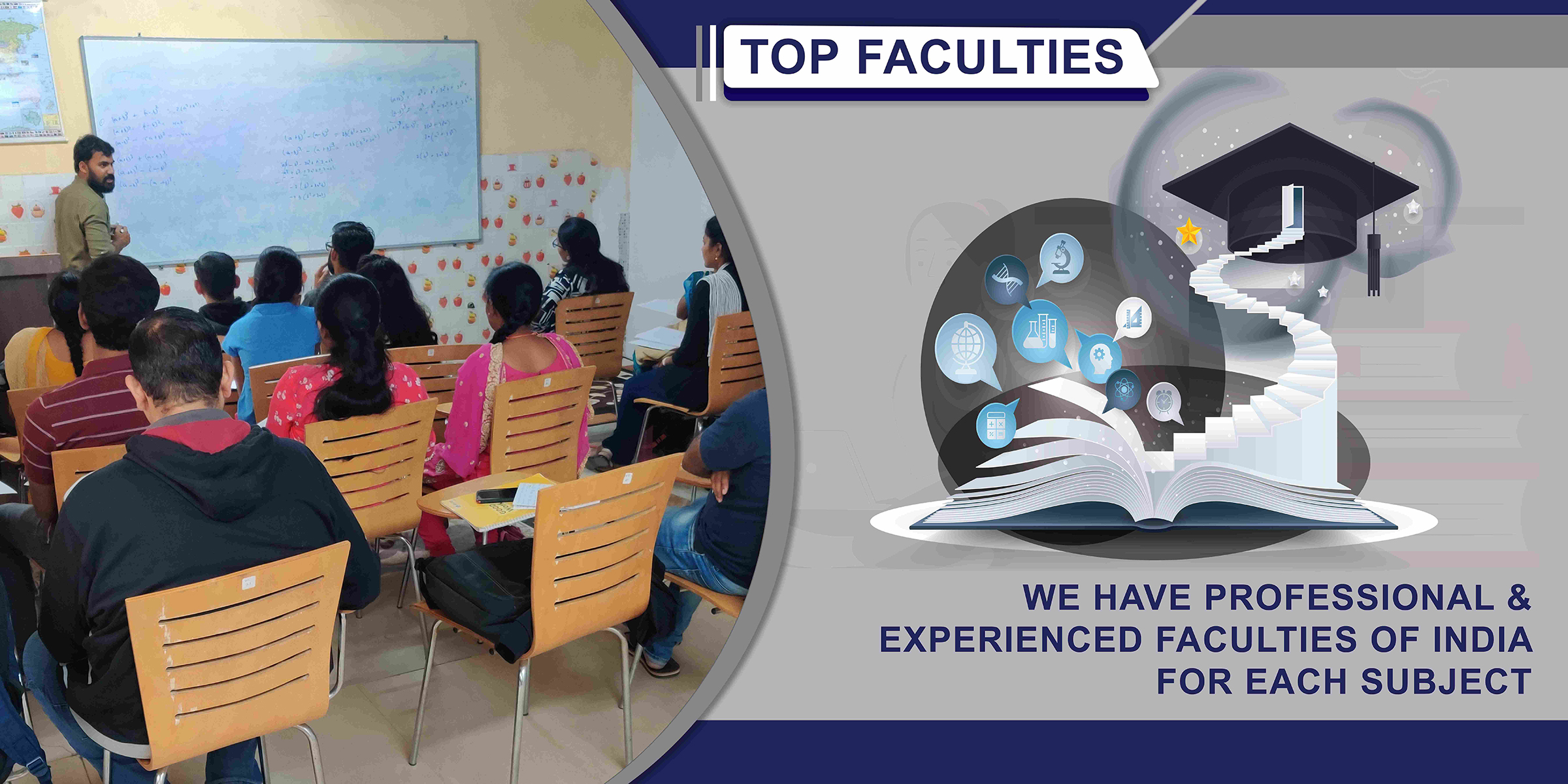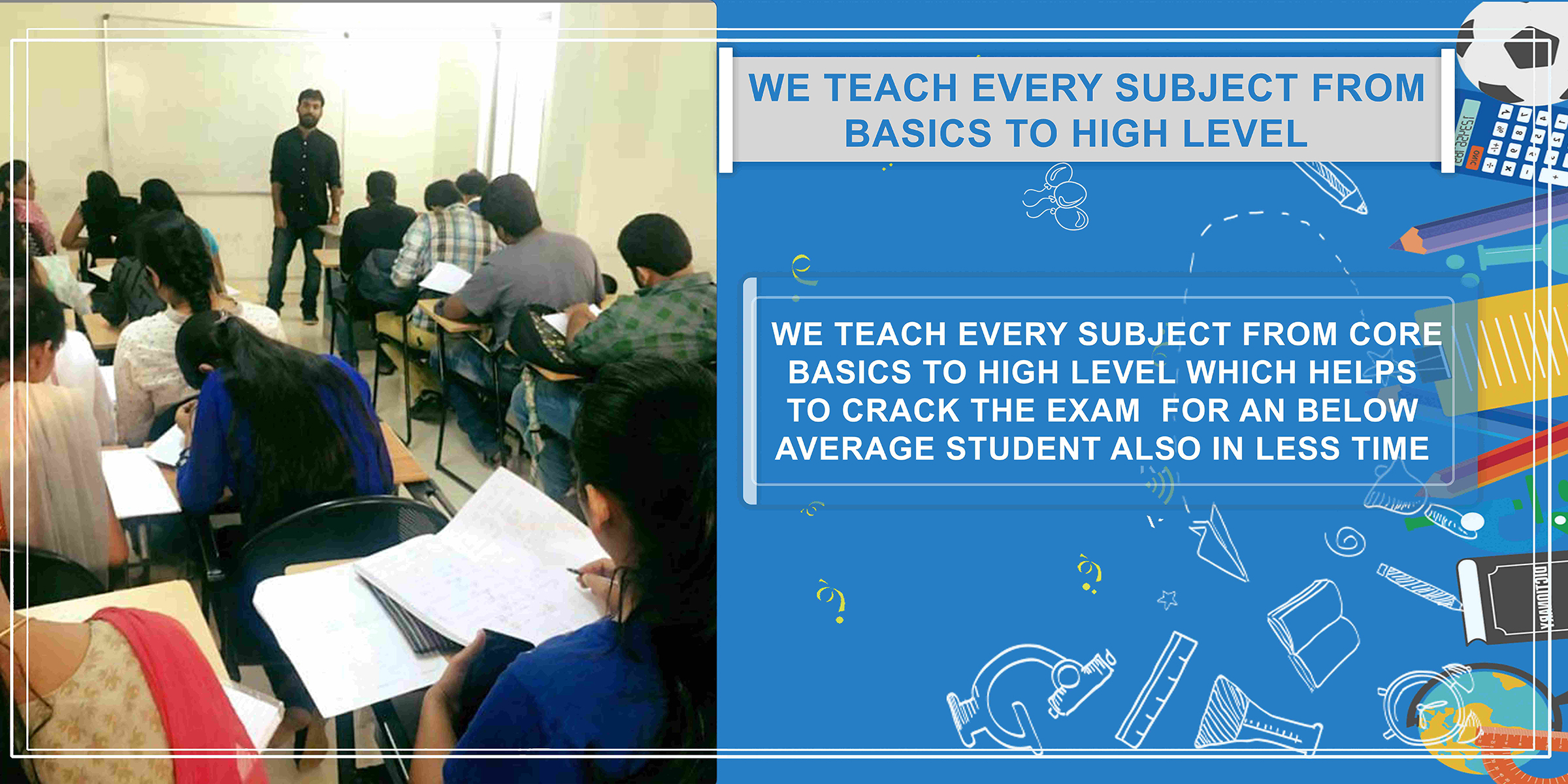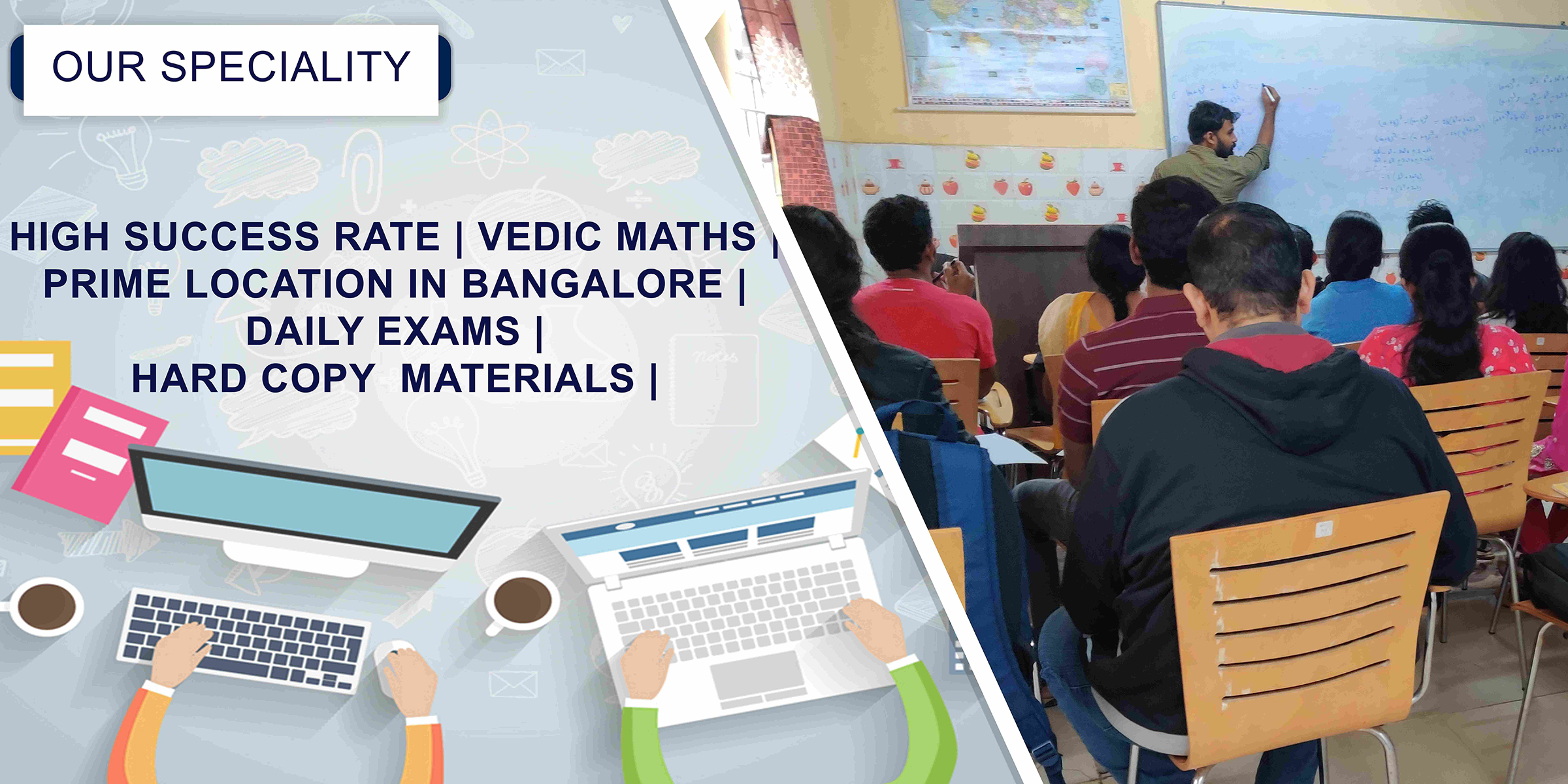- It was founded by Harihar and Bukka in 1336.
- They had earlier served under the Kakatiya ruler of Warangal.
- They got inspiration from the famous sage Vidyaranya.
- The capital of the kingdom was Hampi (Karnataka).
Note: Krishna Dev Raya was the greatest ruler of Vijayanagar empire.
- During the reign of Deva Raya I, Italian traveller Nicolo Conti visited Vijayanagar.
- In 1410, Devaraya I got a barrage constructed across the Tungabhadra.
- He also encouraged the contruction of a dam on the river Harihara for irrigation purpose.
- Deva Raya II was called Inmadi Devaraya and also Proudha Devaraya.
- During his reign, the Persian traveller Abdur Razzaq visited Vijayanagar.
- The Portuguese traveller Domingo Paes stayed at Vijayanagar during the reign of Krishnadeva Raya.
- Asta Diggajas adorned the court of Krishnadeva Raya.
- Krishnadeva Raya’s reign is regarded as the classical phase of Telugu literature and has been, therefore, rightly honoured as Andhra Pitamaha.
- His political ideas are contained in his Telugu work Amuktamalayad.
- As a great patron of literature, he is known as Abhinava Bhoja.
- He founded a new town Nagalapur and built Vithalswami temple and Harara temple at Hampi.
- After the death of Krishnadeva, his brother Achyuta Raya (1529-42) succeeded him.
- During Rama Raya’s reign, the Deccan Sultanates of Ahmednagar, Bidar, Bijapur and Golconda who had formed a grand alliance, met the Vijayanagar army at Talikota.
- They defeated the Vijayanagar forces at Bannihatti near Raksha Tangadi (Talikota) in 1565.
- After this the Vijaynagar govt was shifted to Penukonda.
- Ali Adil Shah represented the Deccan Sultanates jointly while Vijayanagar was led by Rama Raya.
Administration
- People who held land of the king were called Nayakas.
- An important feature of the village organisation was the ayagar system. In this system every village was a separate unit and its affairs were conducted by a body of 12 functionaries who were collectively known as the Ayagars.
- The Ayagars were village servants constituting of a group of families, and had a headman, an accountant and a watchman.
- The religion of most of the kings was Vaishnavism.
- Slavery also existed in the Vijayanagar period.
- The Bahmani kingdom was founded in 1347 by Hasan Gangu, who revolted for his independence from the Sultanate.
- He assumed the title of Alauddin Bahmani (also Bahman Shah). Gulbarga was his capital.
- He divided his kingdom into four provinces: a) Gulbarga, b) Daulatabad, c) Berar and d) Bidar.
- He was succeeded by Muhammad Shah I (1358-73).
- Mahmud Gawan was appointed as prime minister during the reign of Muhammad Shah III (1463-82).
- The last ruler of the Bahmani dynasty was Kalimullah.
- Jaunpur came to be known as the Shiraz of the East.
- Malik Sarwar was the governor of Jaunpur.
- Hussain Shah was the last ruler of the dynasty.
- The greatest ruler of this house was Rana Kumbha.
- Chittor was the capital of Mewar.
- He built the famous Victory Tower or Vijaya Stambha and Kirti Stambha.
- During the reign of Sangram Singh (1509-28), the power of Mewar reached its zenith.
- Mewar recognised Mughal suzerainty in the times of Jahangir in 1615.

